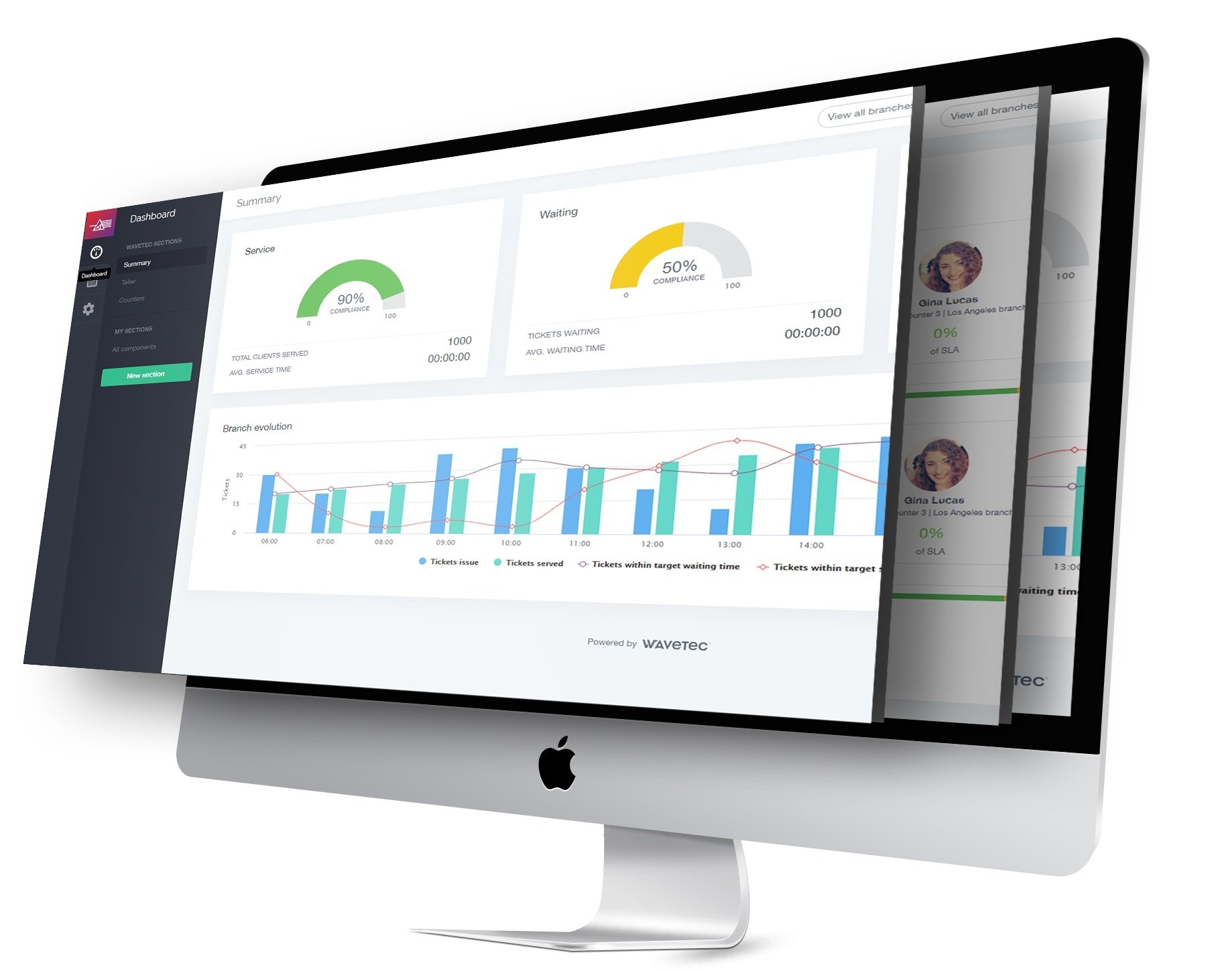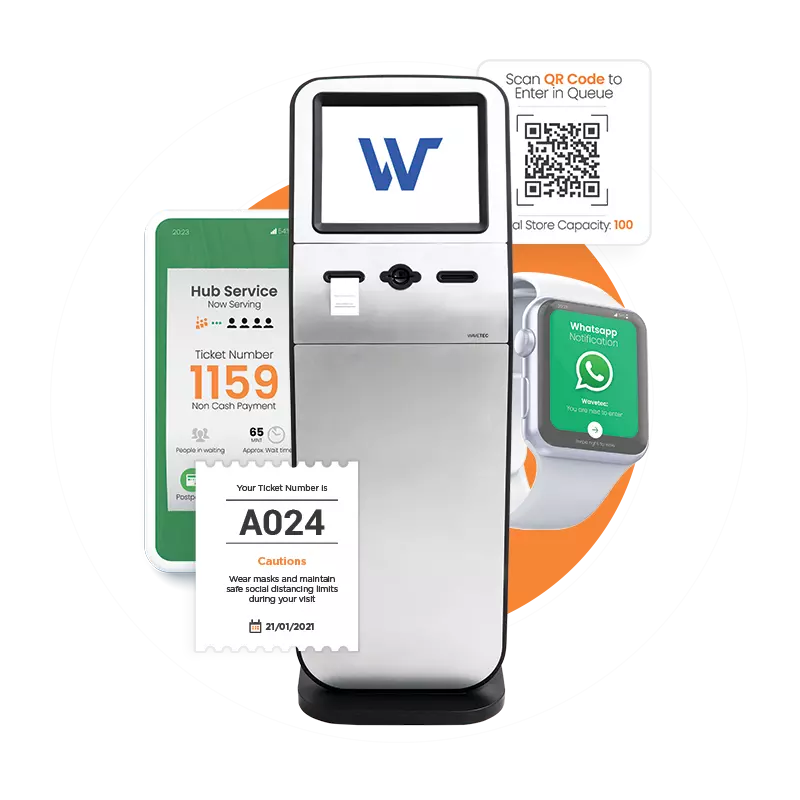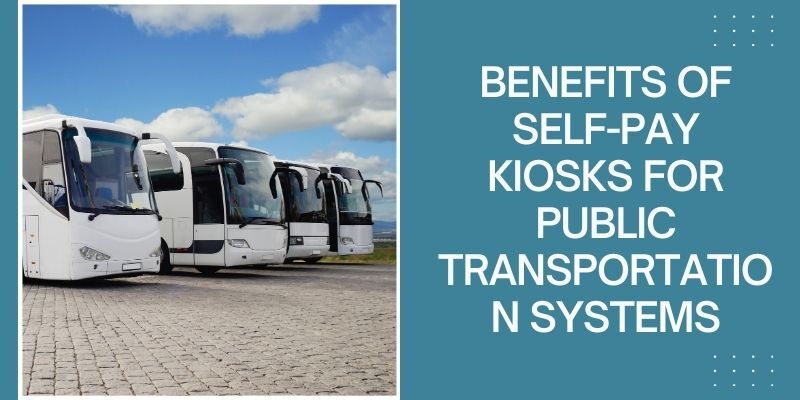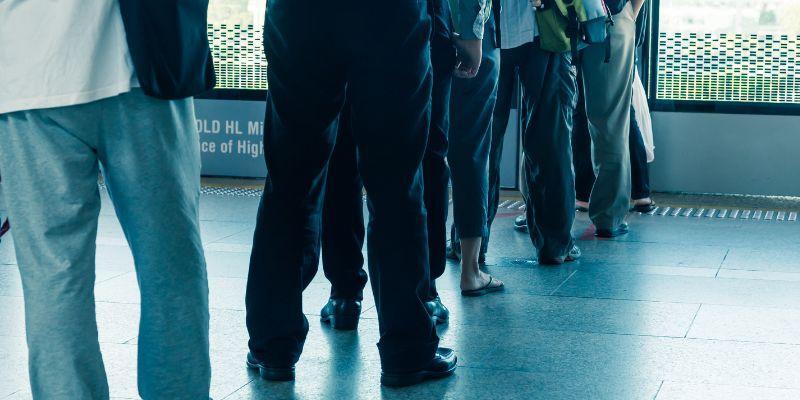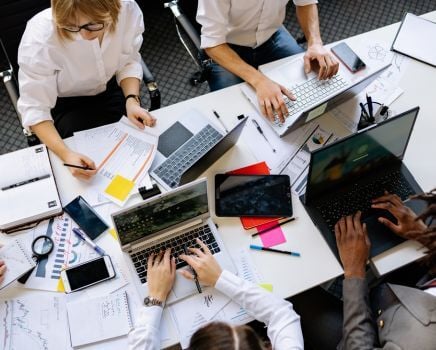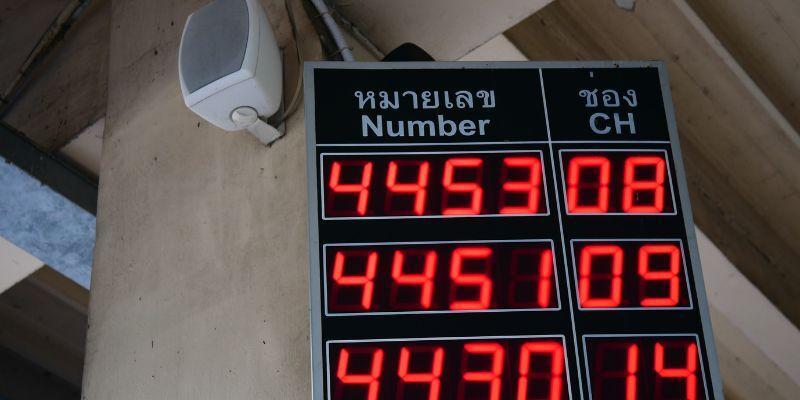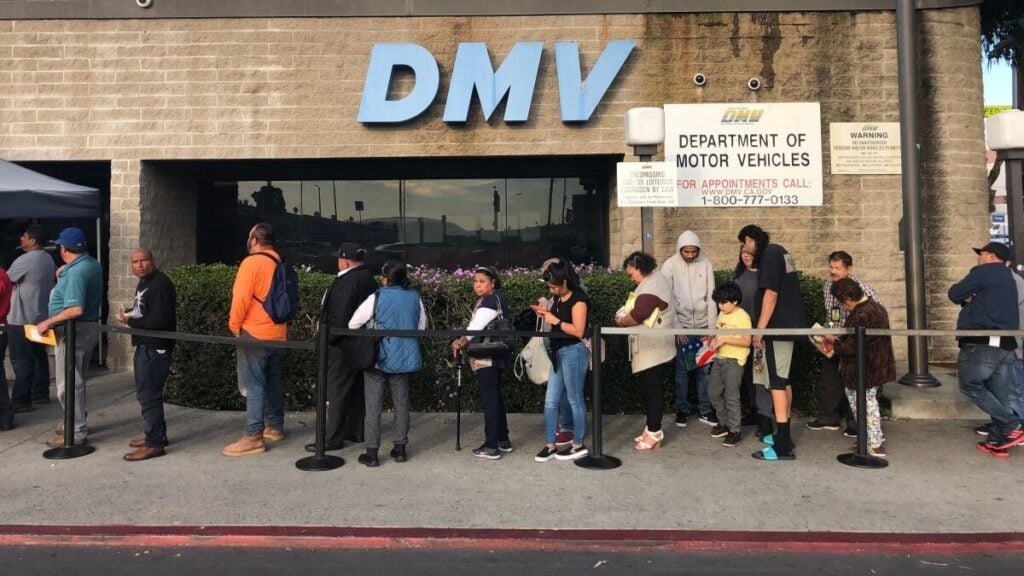In government offices, addressing wait times is crucial for enhancing public satisfaction and operational efficiency. Excessive wait times can lead to frustration among citizens and hinder the smooth functioning of government services.
By implementing effective strategies to reduce wait times in government offices, agencies can streamline processes, improve service delivery, and ensure a positive experience for the public.
This boosts citizen satisfaction and contributes to a more efficient and responsive government, fostering trust and engagement within the community.
Applying these solutions is vital for creating an environment where citizens spend less time waiting and more time accessing the services they need.
Key Takeaways
- Excessive wait times can lead to frustration among citizens and hinder the smooth functioning of services.
- Streamlining processes and improving service delivery.
- Understaffing, inefficient processes, and lack of technology integration contribute to long queues.
- Organizes and manages queues, providing real-time insights.
- Allows citizens to schedule appointments via messaging platform, reducing physical presence.
Understanding the Causes
In exploring ways to reduce queue waiting times in government offices, it’s essential to understand the causes behind prolonged wait times.
Identifying common factors contributing to long queues lays the foundation for effective strategies that streamline services and enhance the overall citizen experience.
1. Understaffing
Understaffing in government offices significantly contributes to prolonged wait times for citizens seeking services. A shortage of personnel can lead to overwhelmed staff, increasing the time it takes to process requests and attend to citizens.
Addressing understaffing involves strategic workforce planning, hiring additional personnel, and optimizing staff allocation to meet service demand efficiently.
2. Inefficient Processes
Inefficient processes within government offices can exacerbate wait times. Streamlining and optimizing workflows, simplifying bureaucratic procedures, and eliminating redundant steps can significantly enhance the efficiency of service delivery.
Implementing transparent and standardized processes ensures smoother operations and reduces unnecessary delays for citizens.
3. Lack of Technology Integration
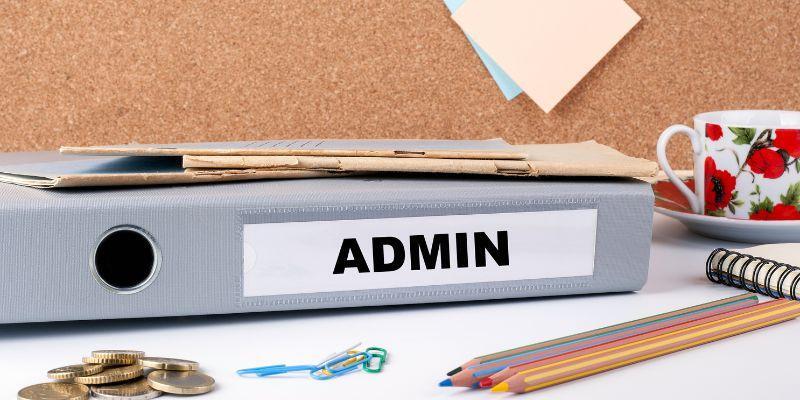
Technology integration is necessary for government offices to operate with optimal efficiency. Embracing modern technologies such as digital platforms, appointment systems, and automated services can streamline processes, minimize paperwork, and expedite service delivery.
Integrating technology enhances operational efficiency, reduces wait times, and improves the citizen experience.
Proven Strategies to Reduce Wait Times in Government Offices
Implementing proven strategies is essential in addressing the long wait times in government offices.
Public satisfaction can be enhanced by employing effective measures to reduce wait times in government offices, and administrative efficiency can be significantly improved.
Utilizing targeted strategies ensures a streamlined and citizen-centric approach, fostering a more positive experience within government service environments.
- Online Appointment Systems
- Queue Management Software
- Digital Document Submission
- Implementation Of WhatsApp Appointment System
- Administrative Changes
- Public Awareness and Education
- Automated Check-In Kiosks
1. Online Appointment Systems
Implementing an online appointment system is pivotal to reducing wait times in government offices. This innovative approach allows citizens to schedule appointments online, offering the convenience of selecting preferred time slots for services.
The cloud-based nature of the system ensures accessibility from anywhere, streamlining the appointment process and minimizing physical queues.
Citizens can book appointments in advance, promoting efficient time management for government staff and service seekers. This digital transformation in the public sector significantly reduces wait times in government offices.
This method enhances customer satisfaction and optimizes resource allocation within government offices.
Utilizing an online appointment system is a practical and user-friendly strategy to mitigate wait times, aligning with contemporary expectations for seamless and convenient government service experiences.
2. Queue Management Software
Queue Management Software offers an effective solution to streamline government office operations, addressing the challenge of long wait times. By efficiently organizing and managing queues, this software optimizes service delivery.
The system provides real-time insights into the number of people waiting, enabling staff to allocate resources effectively. Integrating such software is one of the ways to reduce queue waiting times in government offices.
The user-friendly interface and automated features make it an essential tool for government offices seeking to improve efficiency and public satisfaction and embrace modern strategies to reduce wait times.
3. Digital Document Submission
Digital Document Submission emerges as a critical strategy in reducing wait times in government offices. By facilitating citizens to submit documents online, the process becomes more efficient and lessens the need for in-person visits.
This digital approach expedites document processing and contributes to a paperless environment. Citizens can upload necessary files from the comfort of their homes, eliminating the need for lengthy queues.
Embracing digital document submission is an impactful way to enhance government office efficiency, reduce foot traffic, and ultimately decrease wait times, aligning with the contemporary goal of improving public service accessibility and satisfaction.
4. Implementation of WhatsApp Appointment System
Implementing a WhatsApp Appointment System is a progressive approach to reducing wait times in government offices.
This system allows citizens to schedule appointments through the widely-used messaging platform, minimizing the need for physical presence and long waiting queues.
Utilizing technology allows government offices to manage appointments efficiently, enhancing organization and service delivery. This benefits citizens by providing convenience and ensuring optimal use of government resources.
Adopting the WhatsApp Appointment System is a practical measure that aligns technological solutions with administrative processes. This contributes significantly to the overall objective of reducing wait times in government offices.
5. Administrative Changes

Implementing administrative changes is one of the tangible ways to reduce queue waiting times in government offices. By reevaluating and optimizing internal processes, offices can enhance efficiency and streamline service delivery.
Simplifying bureaucratic procedures, improving workflow coordination, and investing in staff training contribute to a more responsive and citizen-centric approach.
Administrative changes foster a culture of continuous improvement, ensuring that government offices adapt to evolving demands and deliver services with reduced wait times.
Embracing a proactive stance towards administrative enhancements is instrumental in achieving the goal of providing prompt and practical assistance to citizens.
6. Public Awareness and Education
Public awareness and education play a pivotal role in the initiative to reduce wait times in government offices. By effectively communicating the adoption of online services and streamlined queue management, citizens become empowered to leverage time-saving practices.
Educational campaigns emphasizing the benefits of digital solutions equip citizens to navigate processes efficiently.
Heightened awareness encourages the utilization of available tools, contributing significantly to the reduction of wait times and overall improvement in government service efficiency.
Proactive communication fosters collaboration, cultivating a culture of shared responsibility for reducing wait times in government offices.
7. Automated Check-In Kiosks
The introduction of automated check-in kiosks is a transformative way to reduce queue waiting times in government offices. These user-friendly kiosks empower citizens to check in for their appointments independently, minimizing reliance on manual processes.
By automating the initial steps of the service journey, these kiosks efficiently capture essential information, expediting the overall service delivery. Citizens benefit from quicker check-ins, reduced wait times, and a more streamlined experience.
Implementing automated check-in kiosks aligns with the broader strategy of embracing technological solutions to enhance operational efficiency, optimize resource utilization, and achieve the overarching goal of reducing queue waiting times in government offices.
Case Studies
1. Wavetec Solutions: Enhancing efficiency at the Ministry of Justice, KSA
The Ministry of Justice in KSA faced challenges with long wait and service times, leading them to seek Wavetec solutions. By employing a comprehensive system, including ticket dispensing machines, digital displays, and customer feedback tablets, Wavetec successfully transformed the visitor experience.
The 88 systems across 60 locations enabled social distancing, reduced wait times, and optimized service delivery. With instructional content on digital signage, visitors stay informed during the wait. The solution prioritizes safety and efficiency and allows for contactless, self-service interactions, contributing to a seamless and satisfactory experience for both citizens and staff.
2. Streamlining Operations at Botswana Unified Revenue Services with Wavetec
Botswana Unified Revenue Services (BURS) faced irregular queues and extended wait times due to high foot traffic. Collaborating with KingJeff Technologies, Wavetec implemented a comprehensive Queue Management System to improve customer experience.
The solution included a dual-printer, touch-screen self-service kiosk, allowing customers to take virtual tickets and choose service categories. Real-time dashboards and reports provided insights into customer flows and staff performance, aligning to find effective ways to reduce queue waiting times in government offices.
Additionally, customer feedback units and Donatello Digital Signage engaged customers during wait times. The tailored approach ensured organized customer service areas, reduced wait times, and improved overall efficiency for BURS.
Final Words
In conclusion, reducing wait times in government offices is vital for improved public satisfaction and operational efficiency. These strategies enhance service delivery, from online appointment systems to automated check-in kiosks.
Cloud-based appointments offer accessibility, while administrative changes and public awareness play crucial roles. Leveraging technology through WhatsApp appointments and digital submissions further streamlines processes.
These initiatives reflect a collaborative effort between citizens and government for efficiency.
Automated check-in kiosks introduce technological advancements, reducing wait times. As governments prioritize citizen needs, implementing these strategies ensures a responsive and efficient public administration system.
BOOK A FREE DEMO
